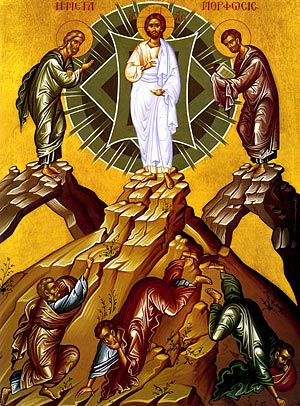
“The analysis of a text ‘involved the investigation of the “story” presented in the text being studied,’ to historikon. Relating the historia concerning a text gave a narrative context that was necessary for understanding the point being made. When John Chrysostom explains the presence of Moses and Elijah at the Transfiguration, he reminds the reader of certain facts that make their significance patent. First, Jesus had been confused by the multitudes with Elijah and the prophets of old. The presence of all three at the Transfiguration makes clear the difference between ‘the servants and the Lord.’ John also mentions that Jesus had been accused of breaking the Law and making himself equal to God. The presence of Moses and Elijah clears Jesus of these charges, for Moses, who gave the Law, would not have stood with a transgressor, or Elijah, who ‘was jealous for the glory of God’ with a blasphemer. The task of interpretation for Chrysostom, then, involved relating what the reader must have in mind in order to understand a given text.”
-Stephen Hildebrand in The Trinitarian Theology of Basil of Caesarea: A Synthesis of Greek Thought and Biblical Truth.
No comments:
Post a Comment